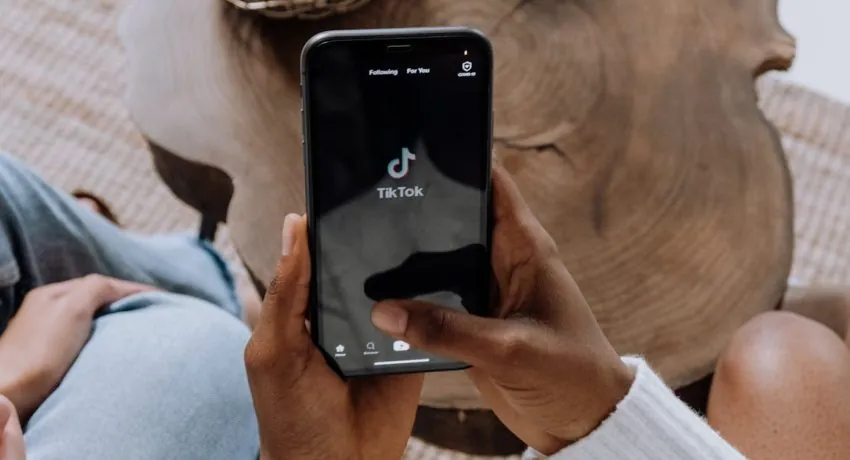In a world where apps pop up like mushrooms after rain, it’s easy to find yourself drowning in a sea of icons on your iPhone. Some apps promise to revolutionize your life, while others just sit there, gathering digital dust. If you’ve ever wondered how to rid yourself of the clutter and reclaim precious storage space, you’re in the right place.
Deleting an app isn’t rocket science, but it can feel like it when you’re staring at that stubborn icon. Fear not! With a little guidance, you’ll be swiping those unwanted apps into oblivion in no time. Let’s dive into the art of app deletion and help your iPhone breathe a little easier—because who needs a digital hoarder in their pocket?
Table of Contents
ToggleUnderstanding App Deletion on iPhone
Managing app storage on an iPhone is essential for device performance. Deleting unwanted apps helps free up storage and enhances overall functionality.
Importance of Completely Deleting Apps
Removing apps entirely ensures users reclaim storage space. It also eliminates clutter, making app navigation easier. Completely deleting apps can improve device speed, leading to smoother operation. Regularly decluttering an iPhone keeps it organized and user-friendly. Knowing what’s installed on the device promotes better app management and user satisfaction.
Potential Issues with Leftover Data
Leftover data from deleted apps can still occupy valuable storage space. Cache files, user settings, and app documents might linger even after an app is removed. This leftover data can lead to performance issues or consume unnecessary space over time. Regularly checking for and clearing this data prevents unwanted storage use. It proves that simply deleting an app isn’t always sufficient for optimal performance on an iPhone.
How to Completely Delete an App from iPhone
Deleting apps from an iPhone is an essential process for optimizing performance and freeing up storage space. Two straightforward methods exist to accomplish this task.
Method 1: Deleting via Home Screen
Press and hold the app icon you want to delete. After a moment, options will appear. Tap on “Remove App,” followed by “Delete App” to confirm the removal. This method provides a quick way to eliminate apps directly from the Home Screen. It immediately clears the app and all its data, improving your device’s performance. Users can also drag the app to the “Remove” section at the top of the screen for a faster deletion process. This technique works seamlessly for multiple apps, enabling users to declutter their iPhone rapidly.
Method 2: Deleting via Settings
Open the Settings app to access additional app management features. Navigate to “General,” then select “iPhone Storage.” A list of installed apps appears, showing their storage usage. Find the app to delete, tap on it, and choose “Delete App.” Confirm your choice to remove the app and its associated data completely. This method also allows users to check which apps consume the most storage, helping prioritize deletions. Searching for apps via this route proves useful for users who prefer a comprehensive view of their app storage usage.
Additional Considerations
When deleting apps, some important factors enhance user experience and device performance. Being aware of these considerations ensures an effective decluttering process.
Backing Up App Data
Backing up data before deleting an app is vital for preserving important information. Users can store app data in iCloud or through iTunes, ensuring accessibility if they choose to reinstall the app later. Those who regularly use specific apps, such as note-taking or fitness applications, should especially consider data backup. Many apps offer in-app options for exporting or saving data, making this process more manageable. Regularly conducting backups helps avoid the loss of crucial information and allows for flexibility with app management.
Managing Storage Space
Managing storage space on an iPhone remains essential for optimal performance. Regularly reviewing app usage provides insights into which apps consume significant storage. Users can access this information using the “iPhone Storage” section in the Settings app. Prioritizing app deletions based on their storage impact streamlines digital organization. Large games and rarely used apps often take up more space, making them prime candidates for removal. Moreover, clearing leftover data from deleted apps prevents unnecessary clutter and maintains device efficiency.
Common Mistakes During App Deletion
Several common mistakes can occur during the process of deleting apps on an iPhone. Understanding these errors can help users achieve a cleaner, more efficient device.
Not Removing Associated Data
Users often overlook the importance of deleting associated data when they uninstall apps. Cached files, user settings, and additional app data may remain even after the app’s removal. Such leftover files can continue to occupy valuable storage space. Regularly checking for and clearing this data ensures optimal device performance. Specifically, users should navigate to Settings, select General, then iPhone Storage, and review the data attached to each app. Prioritizing the elimination of this extra data not only boosts storage capacity but also enhances overall speed.
Confusing Uninstallation with Deactivation
Many people mistakenly think uninstalling an app is the same as deactivating it. Deactivation often leaves app data intact and does not free up storage space. In contrast, uninstalling an app completely removes it, along with its associated data. Users should be aware that simply deactivating may result in ongoing storage issues. To fully delete the app, one needs to follow the established deletion steps rather than just switching it off. Understanding the differences can lead to a more effective decluttering process and better device performance.
Deleting apps from an iPhone is a simple yet effective way to enhance device performance and reclaim valuable storage space. By regularly removing unused apps and their associated data users can streamline their digital experience and improve navigation.
Utilizing the methods outlined will make the decluttering process efficient and straightforward. Keeping an eye on leftover data is equally important to ensure that storage remains optimized.
With these strategies in place users can enjoy a cleaner and faster device while maintaining better organization in their app usage. Regular maintenance not only boosts performance but also contributes to overall user satisfaction.




